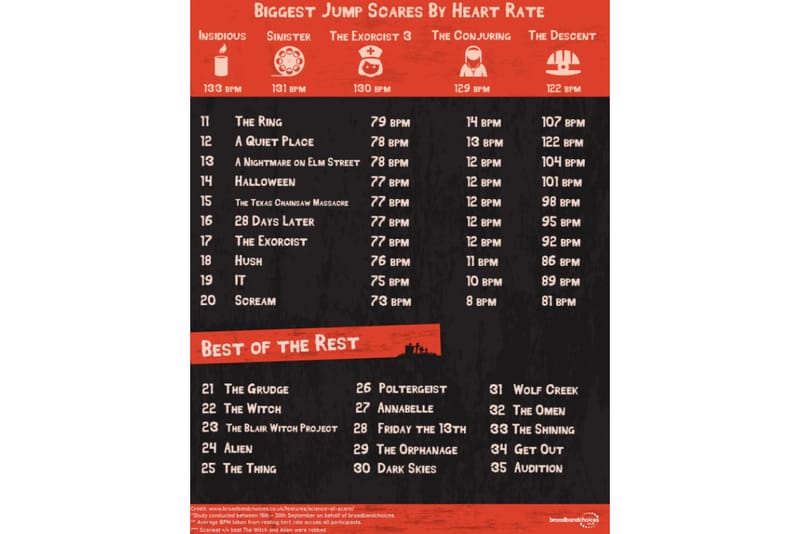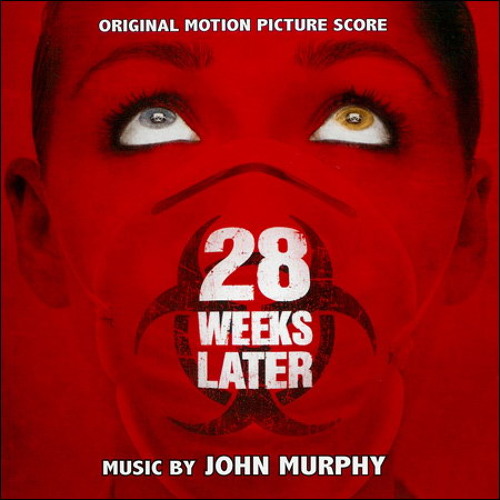
During your initial sleep stages, your body relaxes and your blood pressure and heart rate begin to drop. The hammock curve shows an ideal heart rate journey. With these questions in mind, here are three patterns you may recognize in the night-time heart rate curves you can see with Oura: The Hammock: Relaxed in Bed and Ready to Rise Your end: Right before you wake up, does your RHR change?.Your lowest point: When is your RHR lowest?.Your trend: Does your RHR go up, down, or stay level during the night?.When looking at your RHR curve, pay special attention to these three things: As with many of your body’s signals, it’s best to compare your RHR with your own baseline. It can also change from day to day, depending on your hydration level, elevation, physical activity, and body temperature. A normal heart rate can range anywhere from 40 to 100 beats per minute (BPM) and still be considered average. Nightly average RHR varies widely between individuals. A lower resting heart rate (RHR) is a sign of quality recovery and health.īy looking at your resting heart rate (RHR) curve, you can also see the effects of late meals, evening workouts, alcohol, sickness, or being misaligned with your body’s ideal sleep window. Everyone is different, so pay attention to how you feel, how hard you are breathing, how fast your heart is beating, and how much you feel the exertion in your muscles.Your nighttime resting heart rate curve is your heart’s personal signature. Make changes in how hard you exercise so that your heart rate stays within the range of your target heart rate.

If it is hard to feel the pulse in your wrist, find the artery in your neck that is just to either side of the windpipe.


The chart below shows the normal range of a resting heart rate (pulse rate after resting 10 minutes) in beats per minute, according to age. It will be faster when you exercise, have a fever, or are under stress. Your pulse changes from minute to minute. You check your pulse rate by counting the beats in a set period of time (at least 15 to 20 seconds) and multiplying that number to get the number of beats per minute.

Some people like to check their pulse before and after they exercise. You can check your pulse the first thing in the morning, just after you wake up but before you get out of bed. Your doctor will usually check your pulse during a physical examination or in an emergency, but you can easily learn to check your own pulse. Counting your pulse rate is a simple way to find out how fast your heart is beating. Changes in your heart rate or rhythm, a weak pulse, or a hard blood vessel may be caused by heart disease or another problem.Īs your heart pumps blood through your body, you can feel a pulsing in some of the blood vessels close to the skin's surface, such as in your wrist, neck, or upper arm. But the rhythm and strength of the heartbeat can also be noted, as well as whether the blood vessel feels hard or soft. Your pulse is usually called your heart rate, which is the number of times your heart beats each minute (bpm). Your pulse is the rate at which your heart beats.


 0 kommentar(er)
0 kommentar(er)
